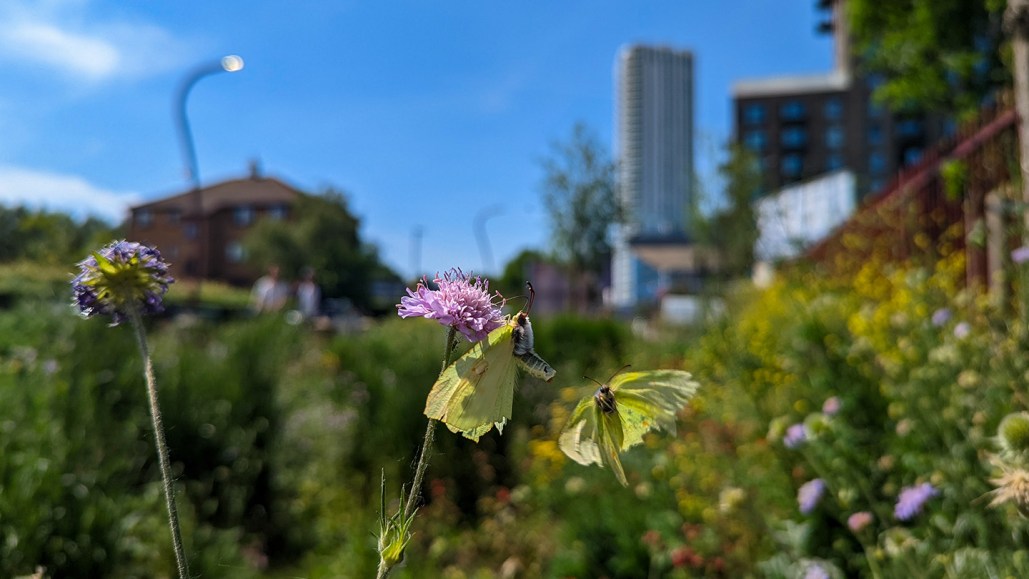Attract Butterflies to Your Backyard by Minimizing Yardwork

Ensuring a safer environment for butterflies can be as simple as doing less in our own gardens.
Ecologist Richard Fox suggests that leaving a part of a yard untouched can heighten the butterfly and moth population. Such a space can range from an elaborate wildflower meadow to a simple corner of unkempt grass. While nectar-rich blossoms that entice these insects might appear, the greatest benefit comes when caterpillars aren't damaged by the weekly mowing. "It’s not about having special grasses. It’s about resisting the urge to tidy everything,” says Fox.
The no-mow approach has been embraced by enthusiasts for years, with the no-mow May movement gaining popularity as a way of providing safe areas for pollinators. Despite this, Fox, associated with the non-profit Butterfly Conservation in East Lulworth, England, was unaware of any scientific investigations into how much butterflies benefit from these refuges. Together with ecological statistician Lisbeth Hordley, they examined six years of data from the Great Butterfly Survey hosted by their organization. They discovered records with relevant information from approximately 600 yards throughout England, Scotland, and Wales.
According to their study, the location plays a significant role. In urban yards, long grass can lead to an increase in butterfly numbers by as much as 18 percent, as evidenced by the statistical model derived from real butterfly data. In yards completely surrounded by farmland, the surge could reach up to 93 percent, Fox and Hordley report in the June 15 Science of the Total Environment. Regardless of whether each yard sees a huge increase in butterflies, the collective safe space could benefit if many yards 'go wild'.
While the research centered on butterflies, this method could be more advantageous for moths, as their caterpillars are more prone to feeding on grass. Moths, usually nocturnal and far outnumbering butterflies, are a “key cog in the ecosystem,” according to Fox. “They’re propping up food chains for many of our garden birds, many small mammals, bats of course.”
Matthew Shepherd of the Xerces Society for Invertebrate Conservation in Portland, Oregon, suggests that this practice would also benefit butterflies and moths in the United States, including species such as the grass skipper and the common ringlet.
Both for butterflies and moths, the study underscores a commonly overlooked diet. “So often gardeners think about plants and nectar” when cultivating butterfly gardens, Shepherd points out. “That’s great, but it’s not supporting all the life stages of insects.” Instead, he suggests caterpillar-friendly options, as these insects need a different type of 'baby food' for their development.




